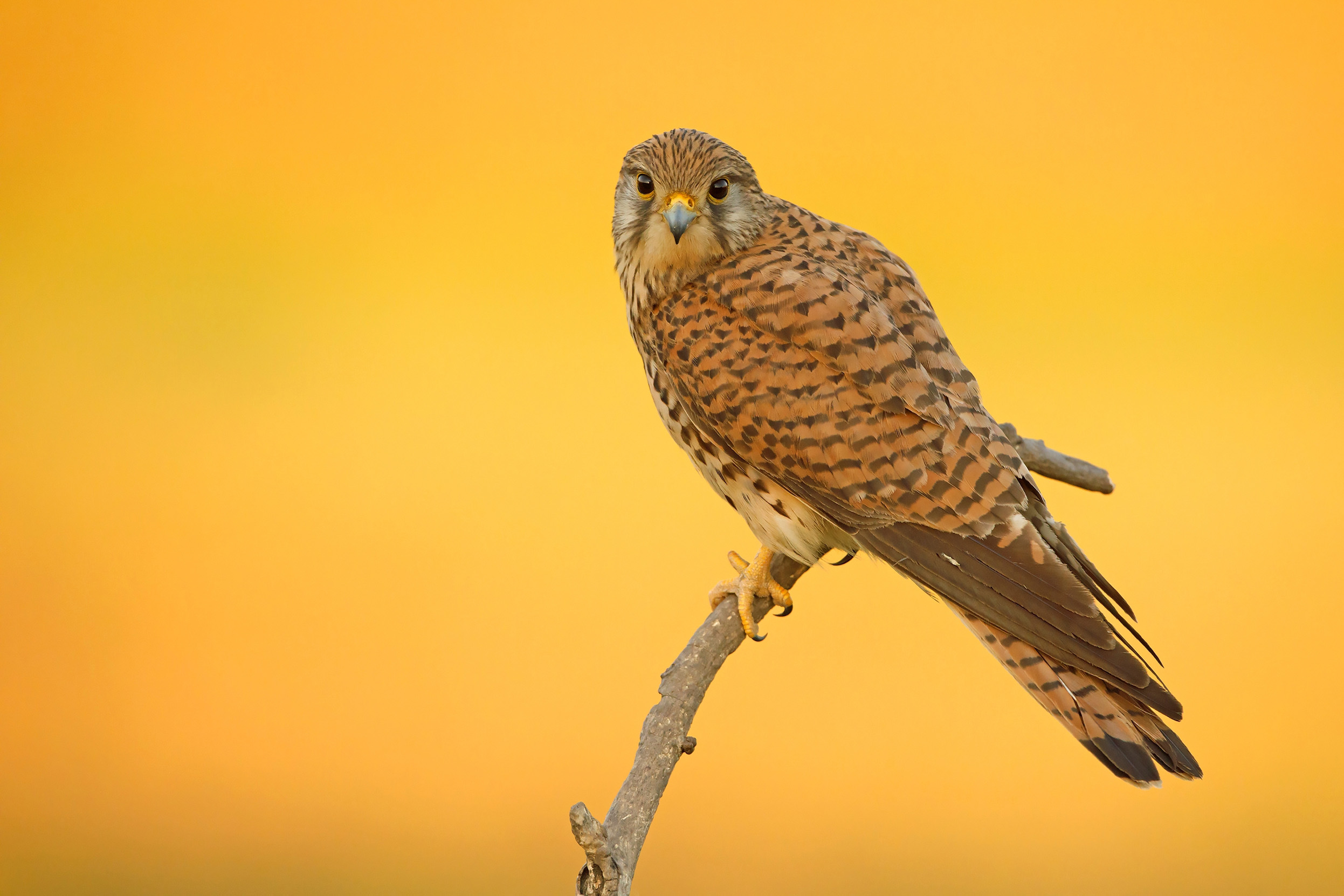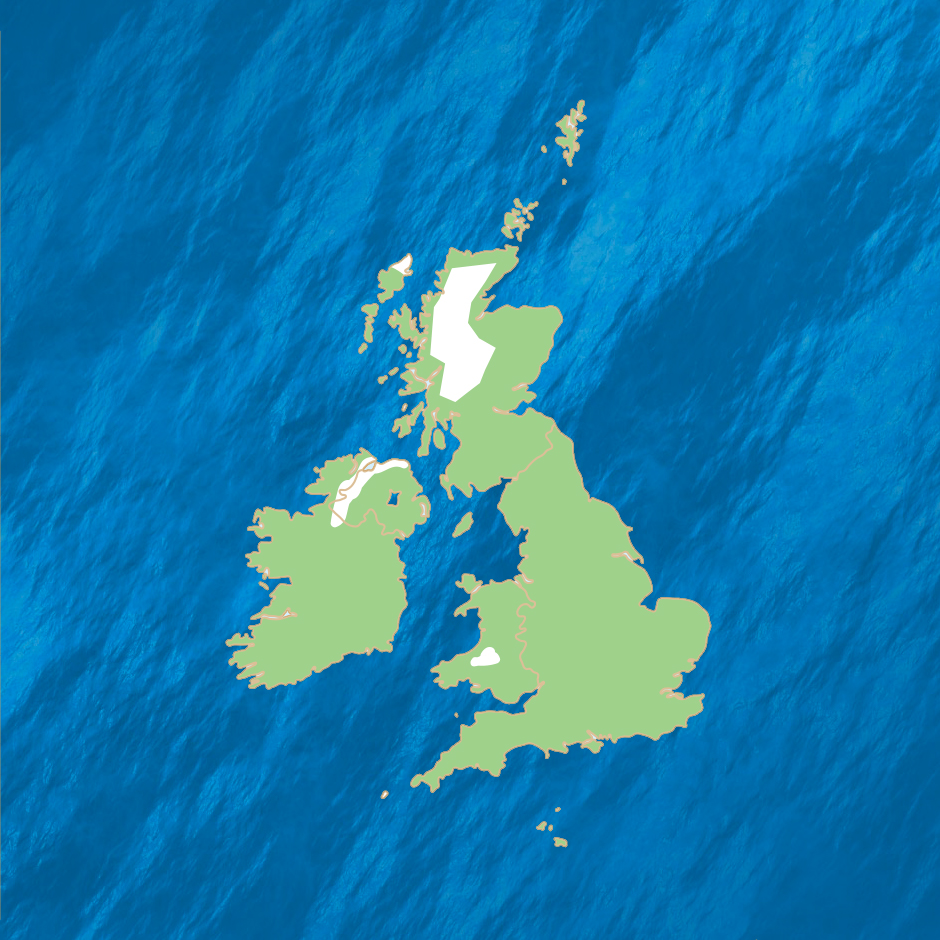From tiny Merlins to enormous White-tailed Eagles, the UK’s birds of prey come in all shapes and sizes. These masterful predators are a real treat to see, but they’re often super-fast and many species look quite similar, which can make identifying them a challenge. In this guide, we share some simple ID tips to help you.
Birds and wildlife
Kestrel
Falco tinnunculusGroup: falconsUK Conservation status:AmberHow to identify
Kestrels are a familiar sight, with their pointed wings and long tail, hovering beside a roadside verge. Numbers of Kestrels have declined since the 1970s, probably as a result of changes in farming, and so it is included on the Amber List. They have adapted readily to man-made environments and can survive right in the centre of cities.Call

Kestrel
Marco Dragonetti / xeno-canto
Key features to look out for
- Both males and females have pale undersides with black speckles (not bars like on a Sparrowhawk)
- Males have a slate-grey head and uppertail with a single black band at the tip
- Females are browner all over, with bars all along the uppertail
- Both males and females have dark ‘tear’ marks extending below each eye
- Wing tips are more pointed than a Sparrowhawk’s
- Longer tail than other falcons, with a black band at the end. Fanned out while hovering
What’s that bird of prey
Where to see them
Kestrels are widespread across most of the UK. They like open habitats where they have a good view of their prey, such as grassland, farmland and heathland, but you might also spot them in towns.
Key
- Resident
- Passage
- Summer
- Winter

- Jan
- Feb
- Mar
- Apr
- May
- Jun
- Jul
- Aug
- Sep
- Oct
- Nov
- Dec
Where best to see them
Behaviour
You’re most likely to see a Kestrel hovering in the air – in fact, this behaviour is so characteristic that it led to the Kestrel’s colloquial name of ‘windhover’. While hovering, Kestrels keep their head still and their eyes fixed on the ground, adjusting their tail and wings to hold position, before dropping down to catch a vole or other small mammal. Kestrels are a familiar sight hovering above road verges, and you might also see them perched on fence posts, scanning the ground for prey.